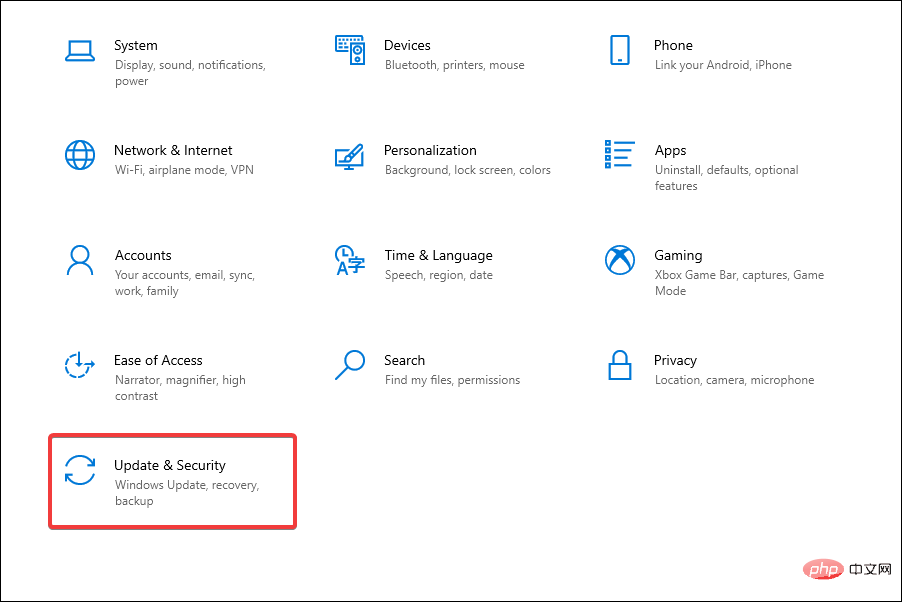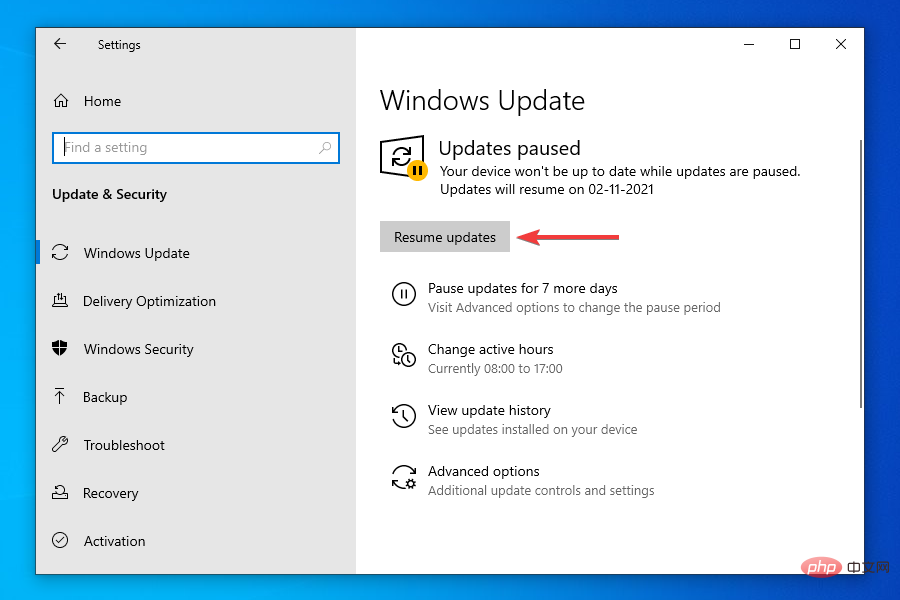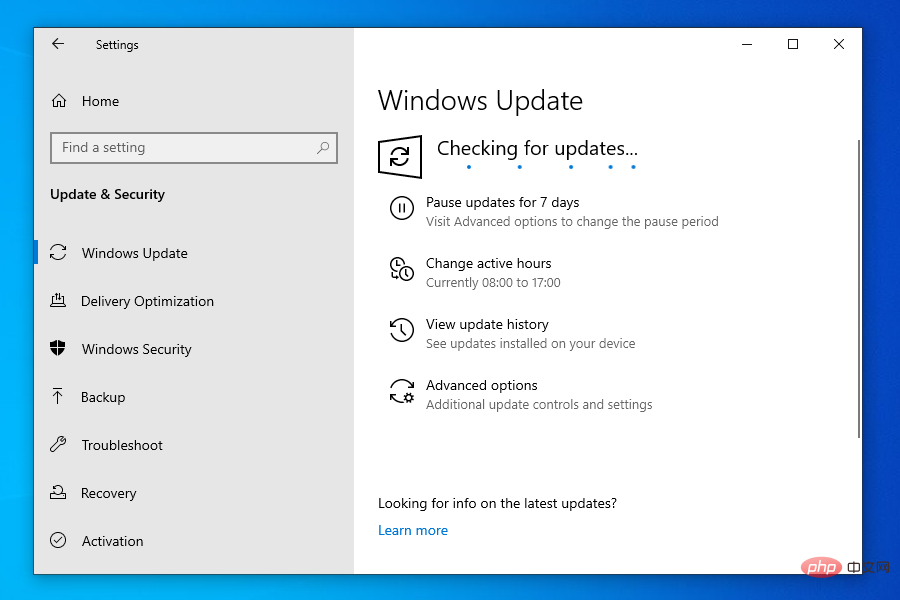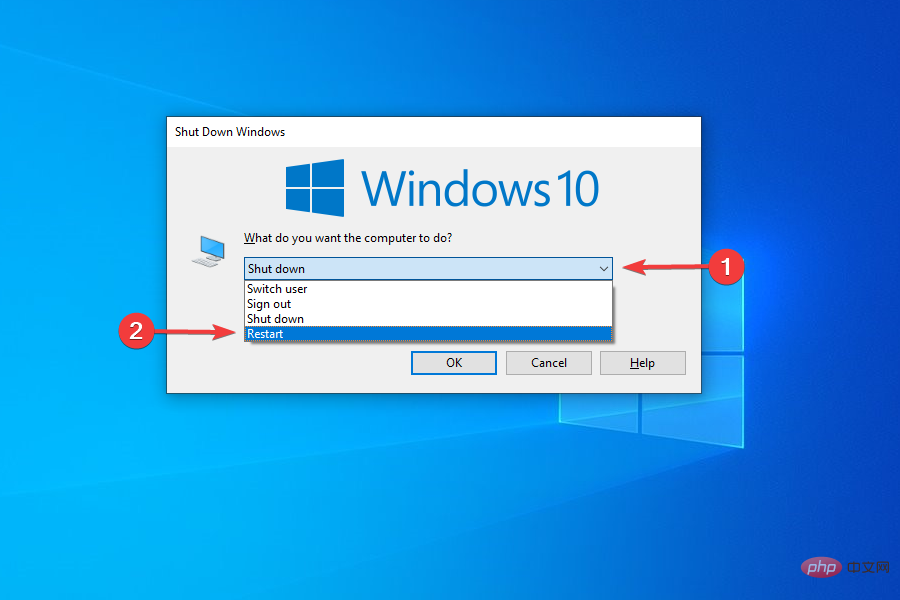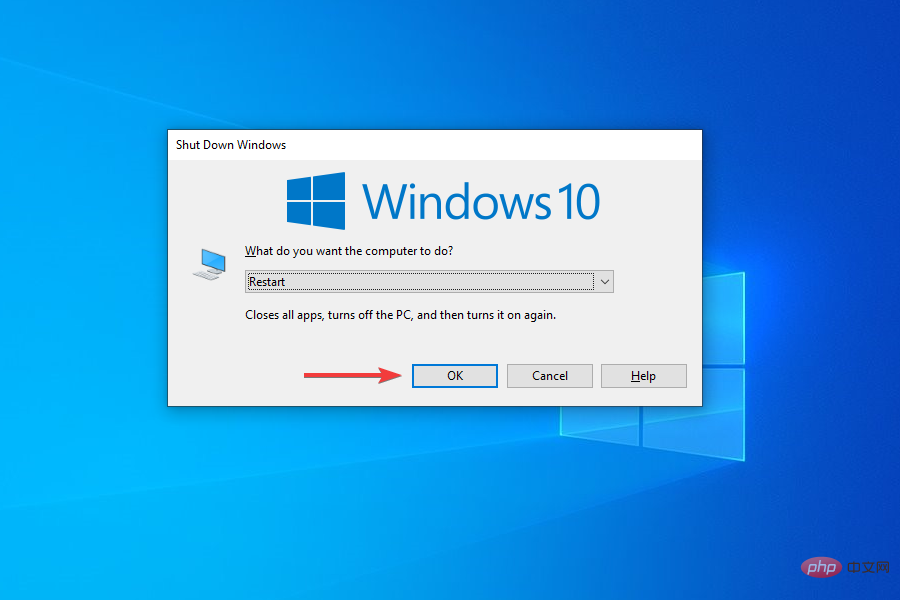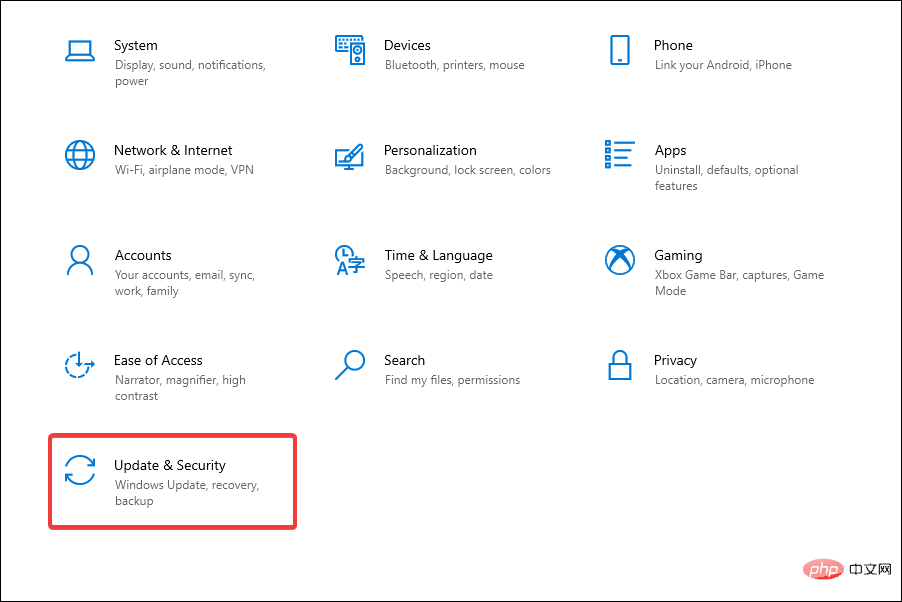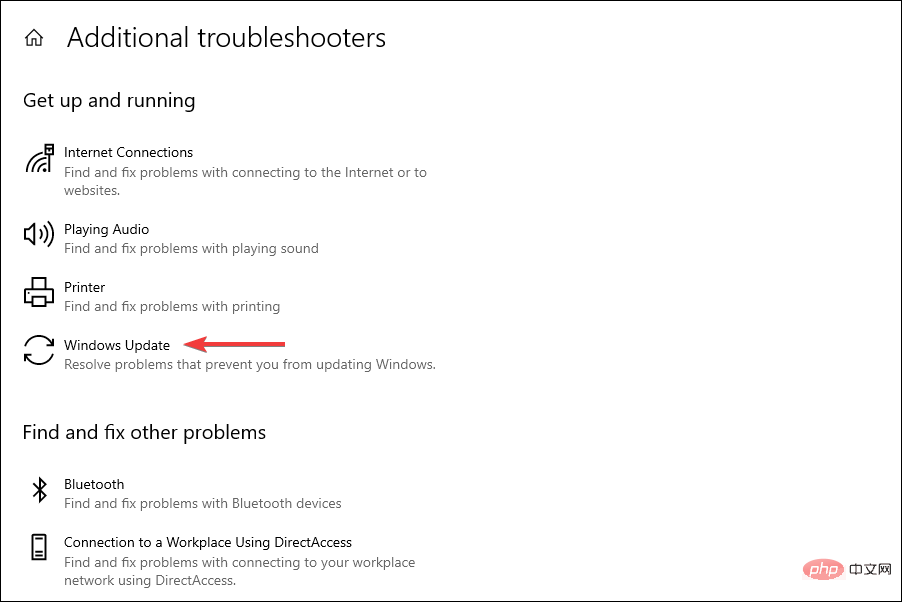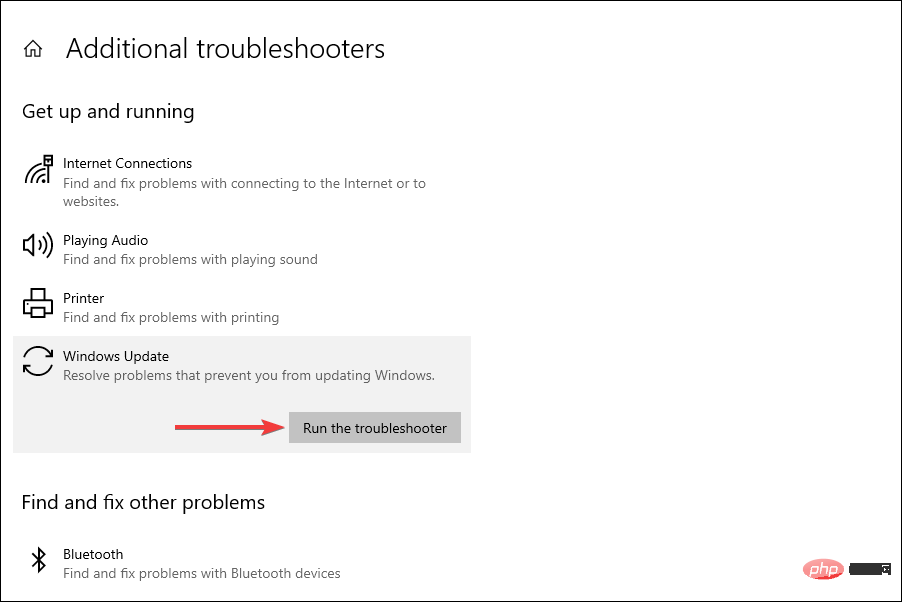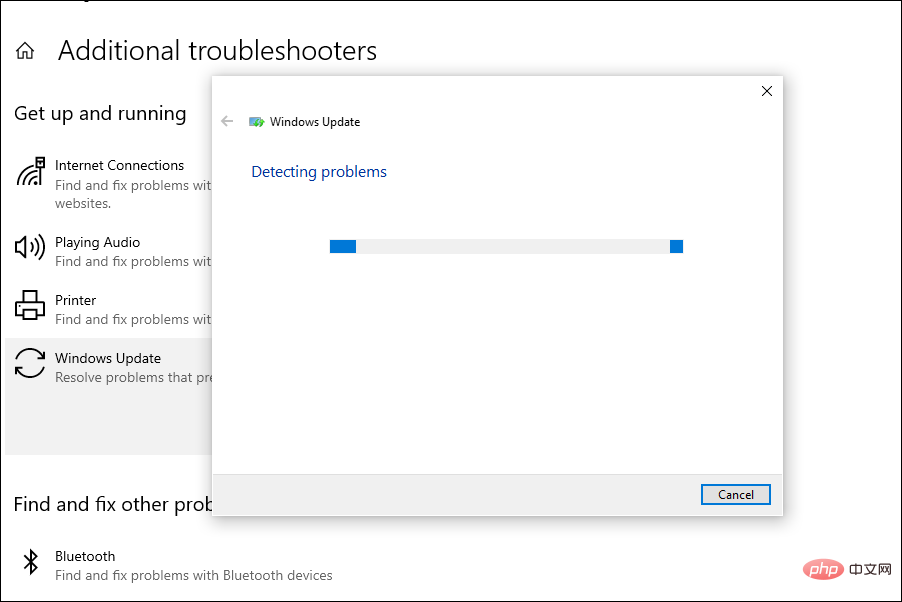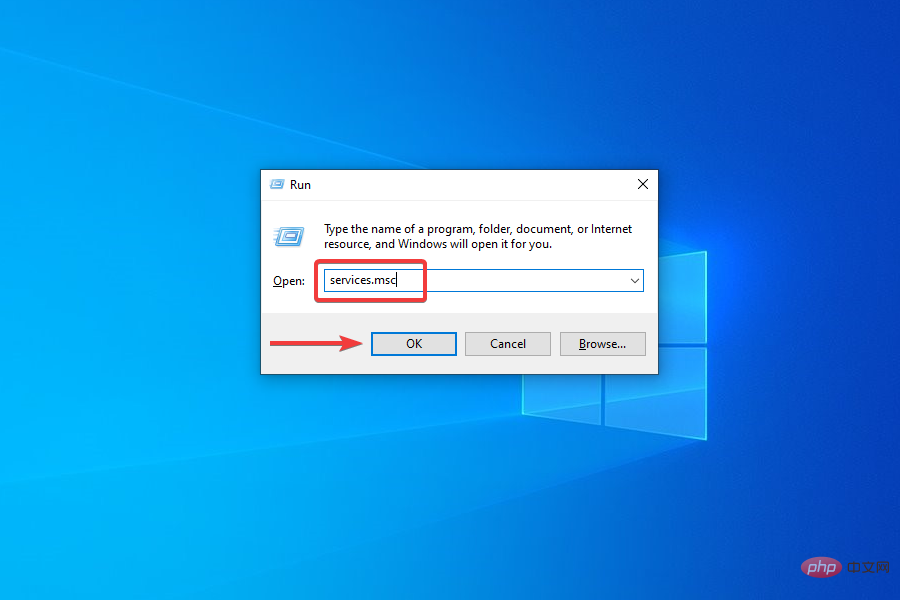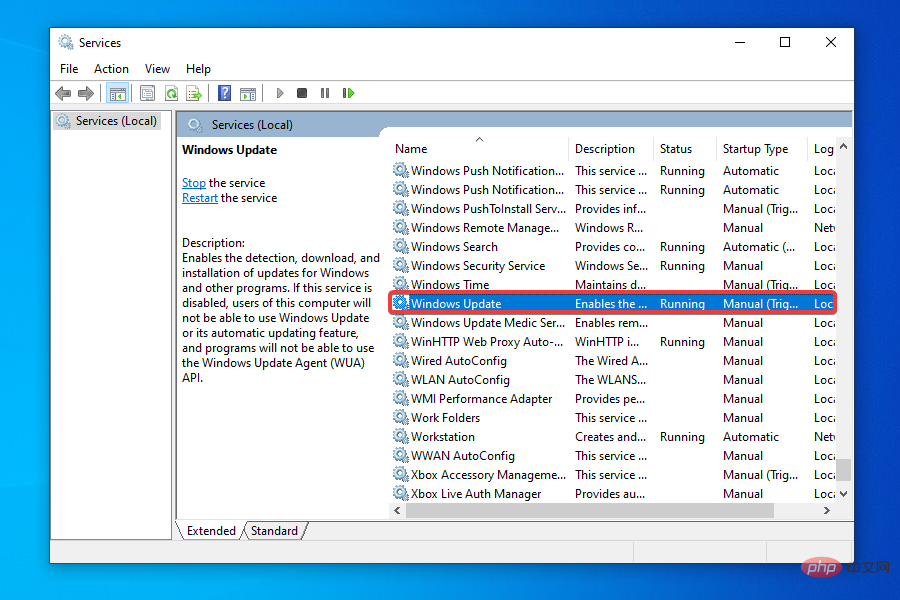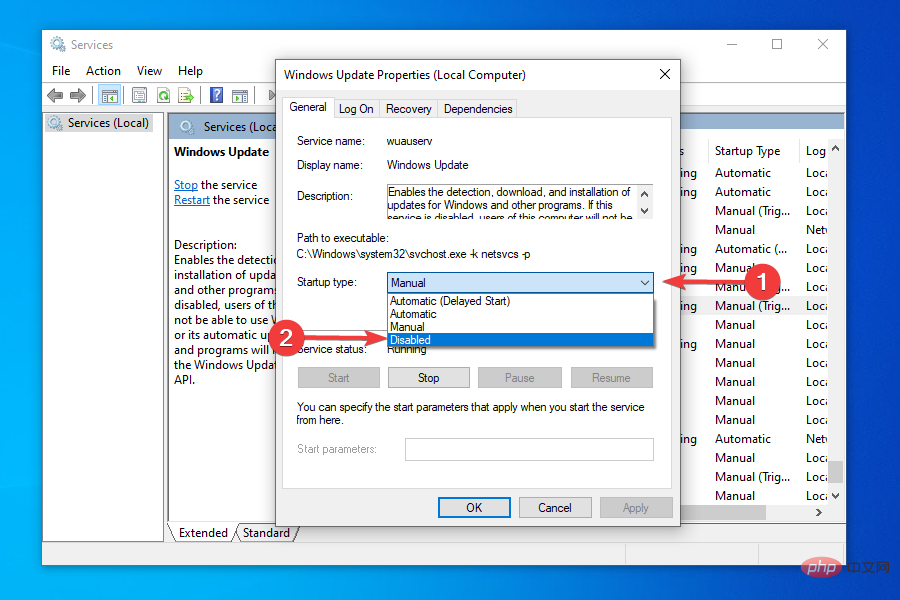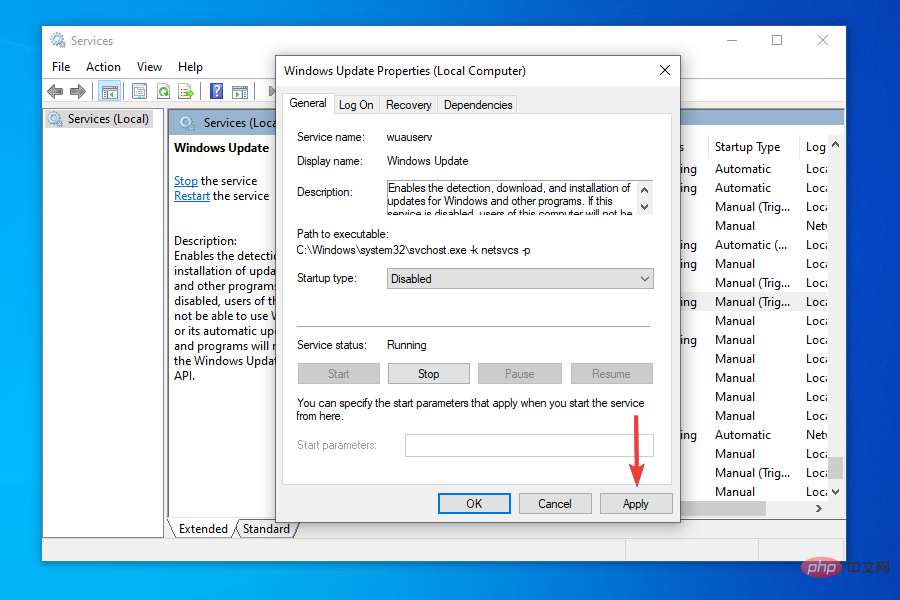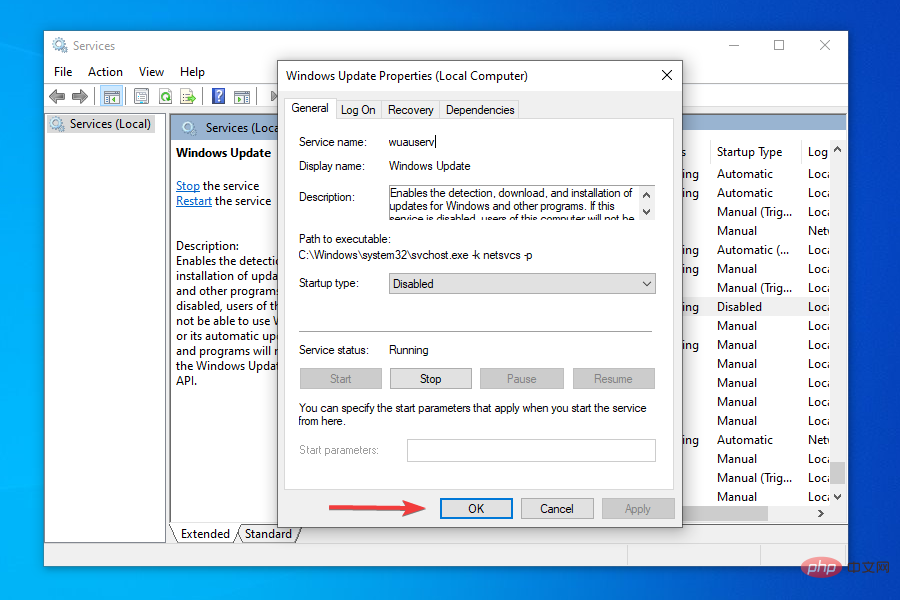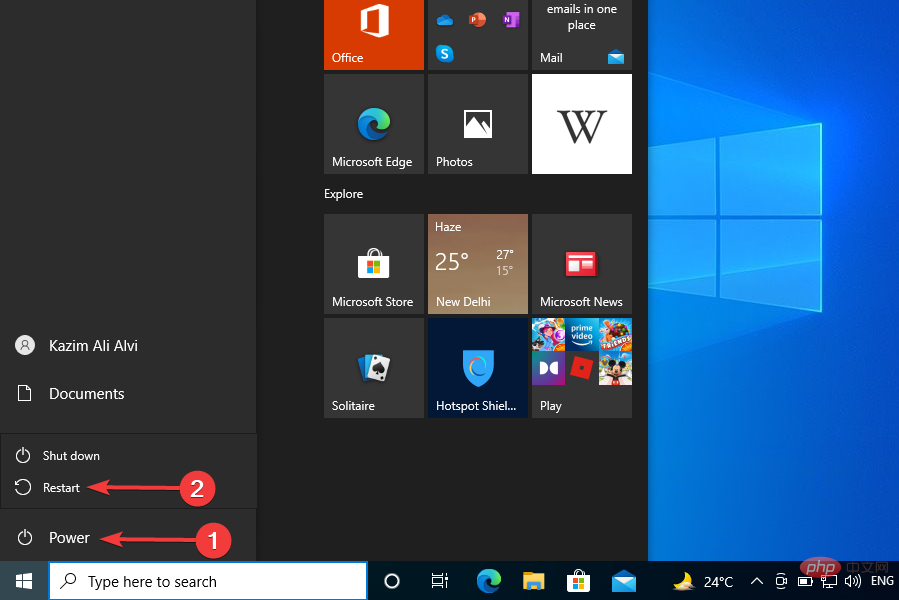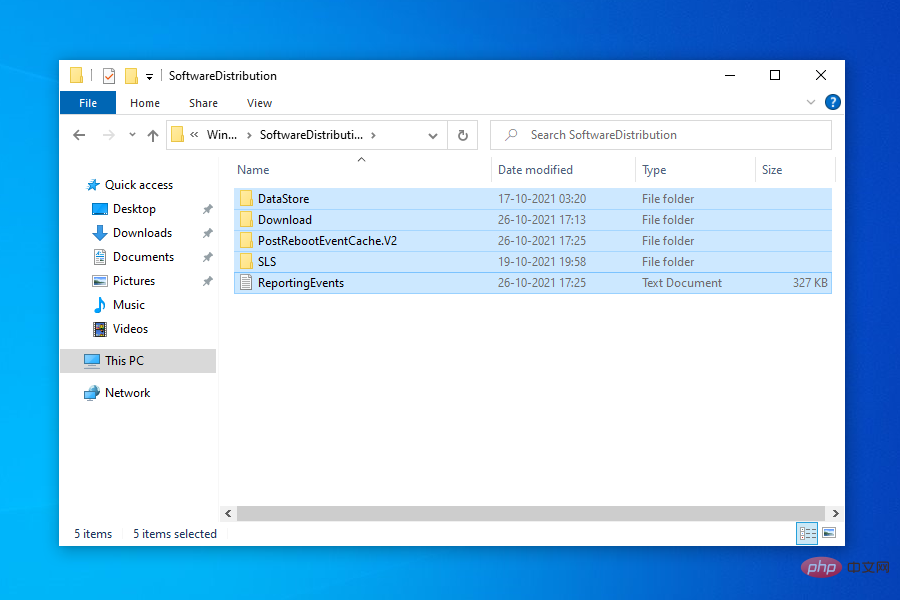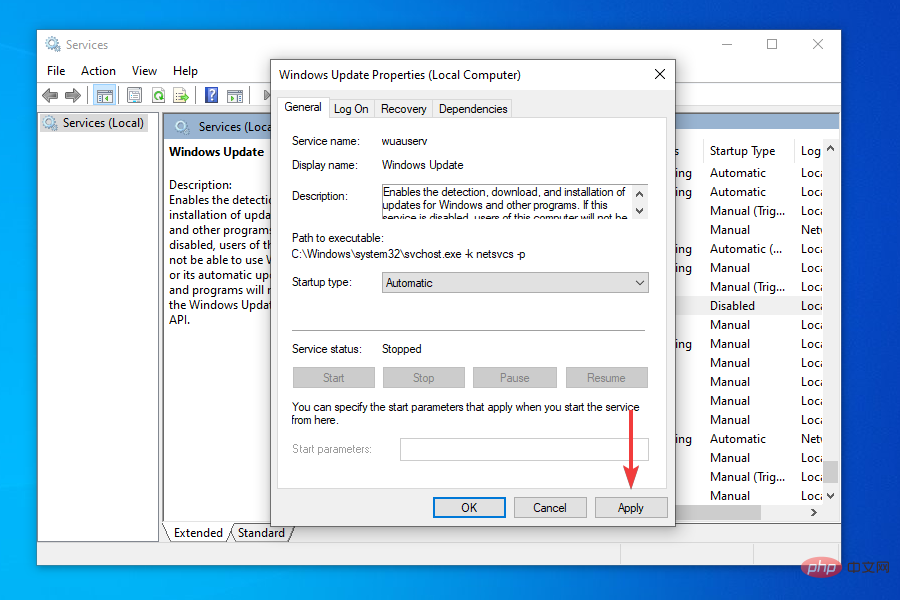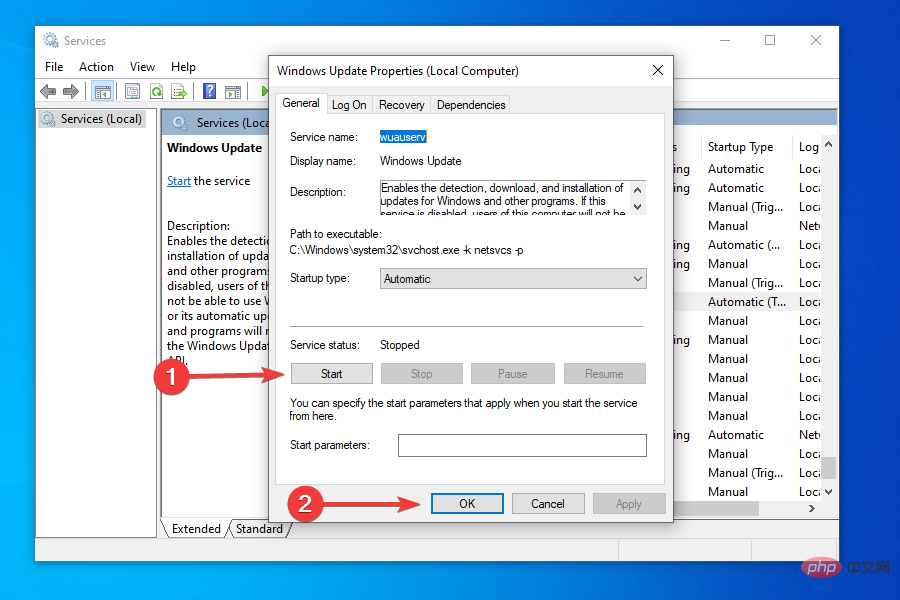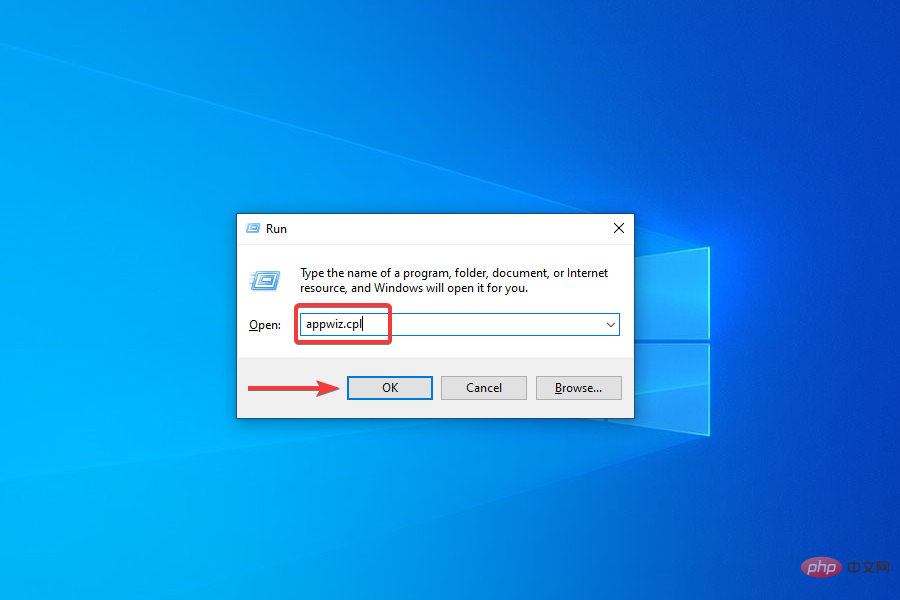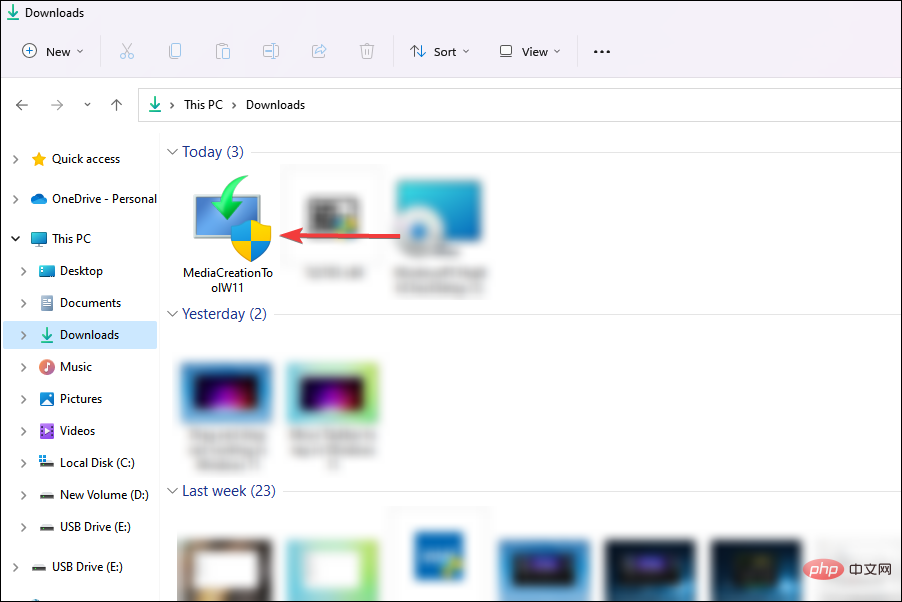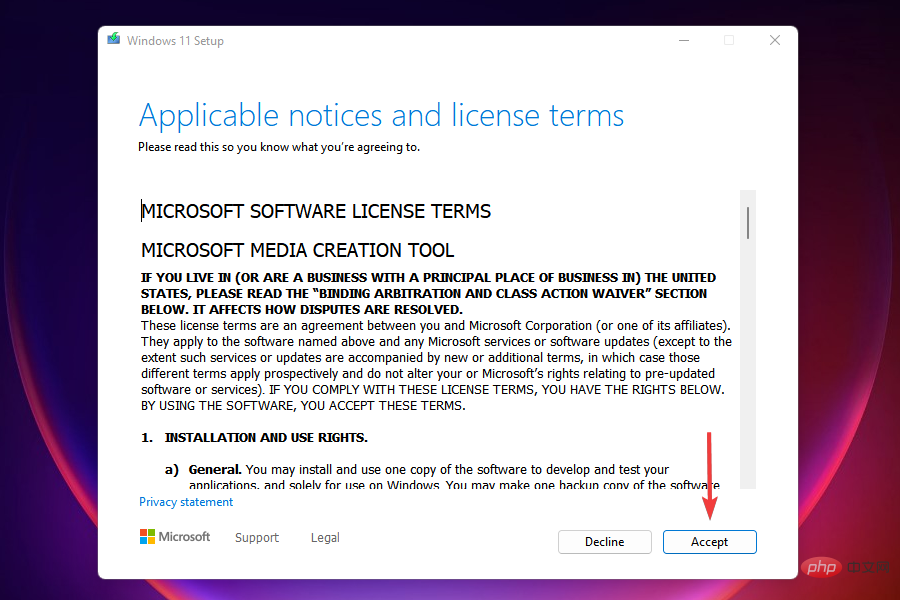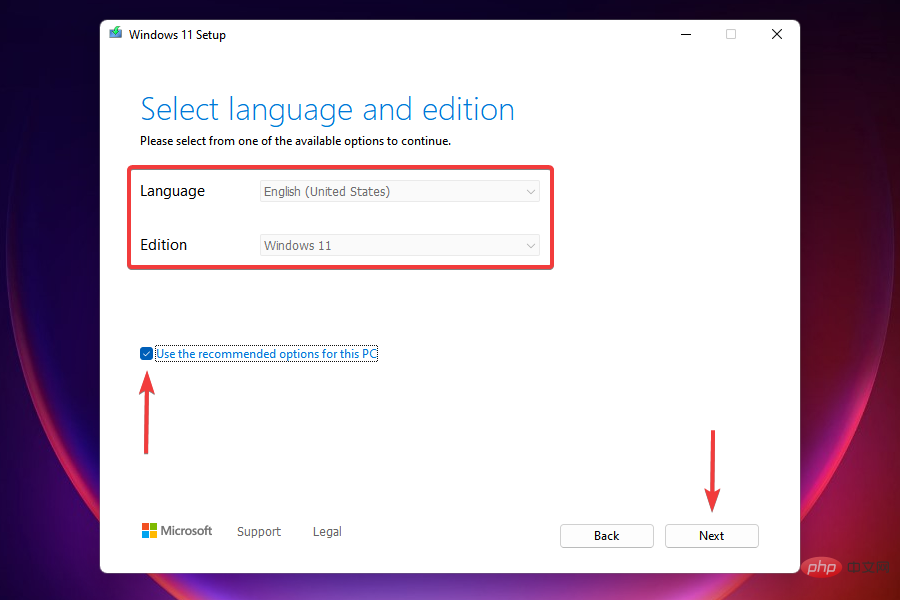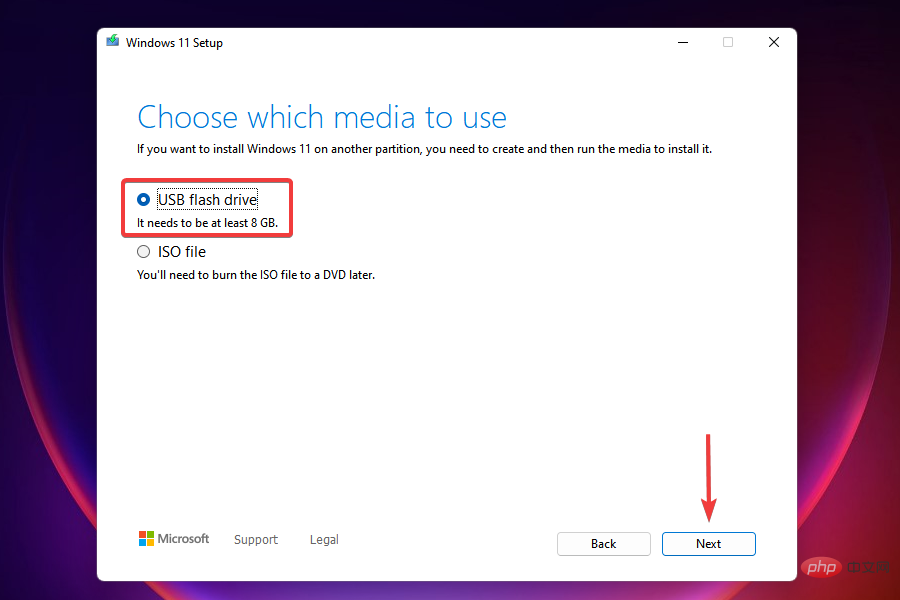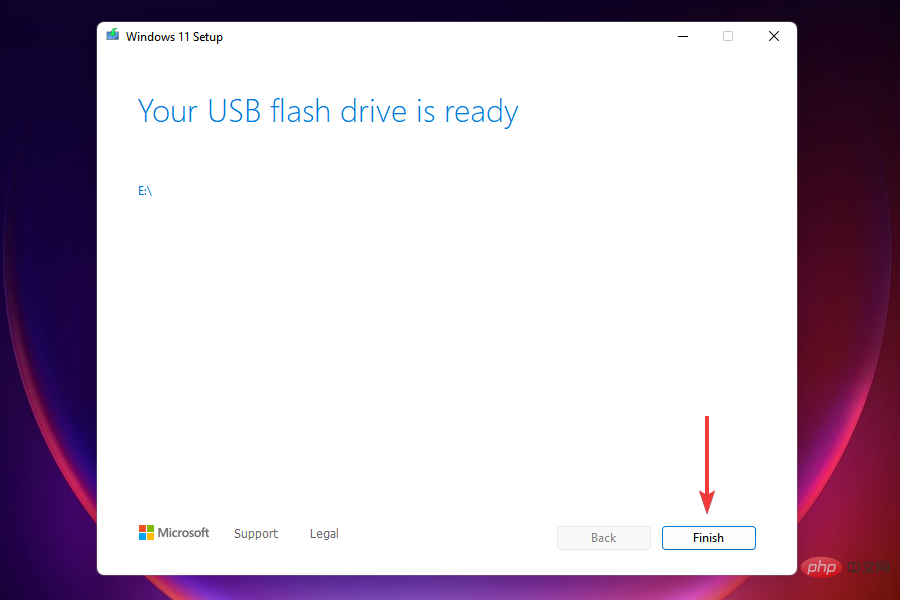Windows 11 not showing up in Windows Update? 2022 Restoration Tutorial
Windows 11 is rolling out to users, but in a phased manner. Compatible PCs should receive the update within the next few days. However, many users have reported that Windows 11 is not showing up in Windows Update.
This could be due to a number of reasons, some of which have to do with your computer's compatibility, while others have to do with the phased rollout. Whatever the case, there are several ways you can get the latest version of Windows from Microsoft.
If you've been checking the Windows Update section to upgrade but to no avail, read on to learn about the various ways you can install Windows 11 on your computer.
Is my computer compatible with Windows 11?
Due to strict system requirements, a large number of computers cannot be upgraded to Windows 11. Microsoft has its own reasons for this.
To check if your computer can run Windows 11, Microsoft has released the PC Health Check app. Just download and install the app, run it and you'll find out if your system is compatible.
If you receive the message This PC meets Windows 11 requirements, your computer is compatible. Even if Windows 11 doesn't show up in Windows Update, go to the next section to learn how to upgrade.
For those who see that this PC does not currently meet the Windows 11 system requirements, you will not receive the upgrade through Windows Update. Go to the end and learn how to install Windows 11 on an unsupported PC.
What should I do if Windows 11 doesn't show up in Windows Update?
1. Restore Windows Update
- Press Windows I to launch the Settings application.
- Select Update & Security from the various options listed here.

- In the Windows Update tab that opens by default, check if there is a Resume Updates button on the right. If so, click on it to start receiving updates.

- Your system will now automatically start scanning for any available updates, including those for Windows 11.

If you have paused updates, you will not receive any updates, including updates for Windows 11. Even if you don't remember doing this, it doesn't hurt to cross-check before we proceed.
After you enable updates, if an upgrade for Windows 11 is available, it will show up in Windows Update and then be downloaded and installed on your computer.
2. Restart the computer
- Navigate to the desktop and press Alt F4 to activate the "Turn off Windows" box .
- Click the drop-down menu and select Restart from the list of options.

- Click OK to restart the computer.

Before restarting, make sure to save all open files to avoid data loss. Restarting your computer will restart the operating system and fix any minor bugs that may be interfering with Windows 11 updates.
3. Run the Windows Update Troubleshooter
- Press Windows I to launch the Settings application.
- Select Update & Security from the list of options listed in Settings.

- Select Troubleshooting from the tabs listed in the navigation pane, and then click Additional Troubleshooting on the right.

- Click Windows Update.

- Click Run the troubleshooter to diagnose and fix issues that are preventing your PC from receiving Windows 11 updates.

- The troubleshooter will now start running. If prompted, follow the instructions and select the appropriate response to complete the process.

The built-in troubleshooter provided by Microsoft is great for identifying and fixing minor errors, misconfigured settings, and other issues. After the troubleshooter has finished running, check if Windows 11 now shows up in Windows Update.
4. Repair Windows Update components
While you need to repair or reset Windows Update components when you encounter errors, in this case it may also help you get Windows 11 updates .
Repairing or resetting them should come in handy if they are corrupted or encounter errors that cause Windows 11 not showing up in Windows Update issues.
5. Restart Windows 11 Update
- Press Windows RStart Run command.
- Type services.msc in the text field and click OK or press Enter to start the Services application.

- Find and double-click the Windows Update service.

- Click to launch the Type drop-down menu and select Disabled from the list of options that appears.

- Click Apply to save changes.

- Next, click "OK" to close the properties window.

- Close the service application.
- Now you need to restart your computer. To do this, press the Windows key, click the Power button, and select Restart from the menu that appears.

- Press Windows ELaunch File Explorer and navigate to the following path or paste it into the address bar at the top and click Enter.
<strong>C:\Windows\SoftwareDistribution</strong> - Press Ctrl ASelect all files saved here and press Del key to delete them.

- If a confirmation box pops up, please select the appropriate response.
- Now, again launch the Services application as before and double-click on Windows Update Service.
- This time select Automatic from the Startup type drop-down menu.

- Click Apply to save changes.

- Click Start under Service Status to run the service, then click OK at the bottom.

- Go to the Windows Update section in Settings and check if you can now install Windows 11.
In some cases, Windows 11 updates may be stuck at 100% for several hours without any progress. In this case, following the steps mentioned here will get it up and running and allow you to upgrade.
6. Disable or uninstall conflicting applications
- Press Windows R to start and run the command.
- Enter appwiz.cpl in the text field and click OK or hit Enter to launch the Programs and Features window.

- Find and select the app you want to remove, then click Uninstall at the top.

- If a confirmation box pops up, please select the appropriate response.
To disable an app, you can go to its built-in settings and turn on/off the desired toggle or select the appropriate response.
The method of disabling each app is different and there should be an option in the app's built-in settings. Search the program in the FAQ section on the official website to find out the exact steps.
If disabling the app doesn't work or you can't find an option for it, follow the steps above to uninstall the app.
Some programs are known to block Windows updates, causing the current issue.
You should pay attention to third-party firewalls and disable or uninstall them. Additionally, apps like Pi-hole or other similar apps have been found to be the culprits and uninstalling them can resolve the issue.
After you finish disabling or uninstalling the problematic app, check if you are able to find and install Windows 11 from Windows Update.
7. Using Installation Media

Notes For this method, you will need a USB flash drive with more than 8 GB of storage space to create a bootable USB for installing Windows 11.
- Insert the flash drive into the system.
- Go to the Windows 11 download page and click Download Now under Create Windows 11 Installation Media.

- Navigate to the location where you saved the downloaded file and double-click it.

- Click Yes on the UAC prompt that appears.
- The setup will take some time to be ready.
- Click Accept to agree to the license terms.

- Now you will find the recommended language and version selected. If you want to make any changes, uncheck the Use recommended options for this PC checkbox and select the appropriate settings. Finally, click Next.

- Select the USB Flash Drive option and click Next.

- Select the removable drive you inserted earlier from the list and click Next.

- Wait for the installer to create a bootable USB drive. You can monitor progress in this window.

- After creating the bootable flash drive, click Finish to close the setup.

Once completed, you can now easily install the operating system from the bootable USB drive. Although this tutorial is for Windows 10, it will also help you when installing Windows 11 as the process remains the same.
After the flash drive boots up, follow the on-screen instructions to complete the installation process.
One of the main advantages of this method is that you will always have a bootable USB at your disposal, which will make things much easier if you have to reinstall Windows 11.
Can I use the Windows 11 Setup Assistant to upgrade?
Yes, Windows 11 Setup Assistant is another tool you can use to upgrade to the latest version. However, if your PC does not meet the minimum system requirements, you cannot use it because the installation assistant will not run.
You can download and use Windows 11 Setup Assistant with the help of our tutorials. Just go to How do I use the Windows 11 Setup Assistant? title and follow the steps listed there.
What should I do if my computer does not meet the system requirements for Windows 11?
As mentioned before, we will now list the ways you can install Windows 11 on an unsupported PC. However, Microsoft says such PCs may have compatibility issues and may not receive updates, including those due to security concerns. Therefore, you are exposing your system to significant risk.
However, if you put your mind to it, you can install Windows 11 after bypassing SecureBoot and TPM checks. This will require some minor changes to the registry. 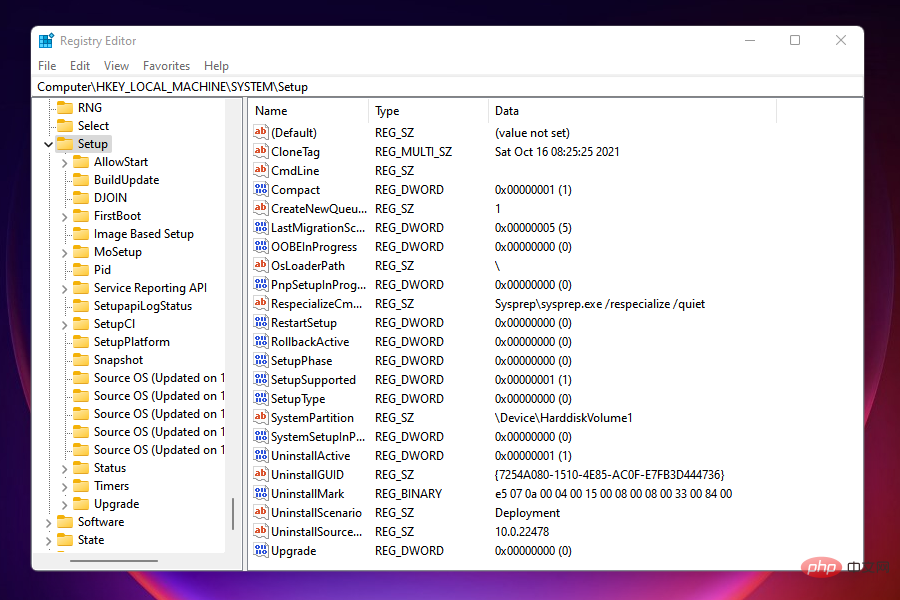
It is also possible to install Windows 11 without a TPM, and users have been looking for another workaround due to the requirement of TPM 2.0.
If you're still not sure, learn how to install Windows 11 on a virtual machine, give it a try, and then upgrade. Still, if you've made the jump, rolling back to Windows 10 from Windows 11 is easy.
By the time you finish reading this article, you will already know many ways to install the latest iteration of Microsoft on both supported and unsupported PCS. Additionally, the issue of Windows 11 not showing up in Windows Update issues will also be fixed.
The above is the detailed content of Windows 11 not showing up in Windows Update? 2022 Restoration Tutorial. For more information, please follow other related articles on the PHP Chinese website!

Hot AI Tools

Undresser.AI Undress
AI-powered app for creating realistic nude photos

AI Clothes Remover
Online AI tool for removing clothes from photos.

Undress AI Tool
Undress images for free

Clothoff.io
AI clothes remover

AI Hentai Generator
Generate AI Hentai for free.

Hot Article

Hot Tools

Notepad++7.3.1
Easy-to-use and free code editor

SublimeText3 Chinese version
Chinese version, very easy to use

Zend Studio 13.0.1
Powerful PHP integrated development environment

Dreamweaver CS6
Visual web development tools

SublimeText3 Mac version
God-level code editing software (SublimeText3)

Hot Topics
 How to run a JAR file on Windows 11 or 10
May 12, 2023 pm 06:34 PM
How to run a JAR file on Windows 11 or 10
May 12, 2023 pm 06:34 PM
Windows 11 is capable of running a large number of file types with or without external third-party applications. Not only does it allow you to perform numerous tasks from the comfort of your PC, but it also ensures that you can take advantage of your PC's raw capabilities. Today, we'll take a look at a complex file type—jar—and tell you how to open it on your Windows 11 or Windows 10 PC. What is a jar file? jar is an archive package format that may or may not contain an executable Java program. These archives can contain Java applications or source code, which can then be used to compile and run applications without having to write separate code for each application. You can use various methods
 4 Ways to Enable or Disable Microsoft Store on Windows 11 or 10
May 14, 2023 am 10:46 AM
4 Ways to Enable or Disable Microsoft Store on Windows 11 or 10
May 14, 2023 am 10:46 AM
Here are some possible reasons why you need to disable Microsoft Store: Stop unwanted notifications. Preserves data by limiting the background processes of the Microsoft Store to improve security or privacy Addresses some issues related to the Store or the apps it installs. Restrict children, family members, or other users from downloading applications without permission. Steps to Disable or Enable Windows Store Before following this tutorial, disabling the Microsoft Store will also stop the installation of any apps that require its services. To use the store, users need to enable its service in the same way as blocking it. 1. Block WindowsStore background service Let us from restricting Microsoft Store as
 How to disable driver signature enforcement in Windows 11
May 20, 2023 pm 02:17 PM
How to disable driver signature enforcement in Windows 11
May 20, 2023 pm 02:17 PM
Microsoft has built several security features into Windows to ensure your PC remains secure. One of them is driver signature enforcement in Windows 11. When this feature is enabled, it ensures that only drivers digitally signed by Microsoft can be installed on the system. This helps most of the users to a great extent as it protects them. But there is a downside to enabling driver signature enforcement. Suppose you find a driver that works for your device, but it is not signed by Microsoft, although it is completely safe. But you won't be able to install it. Therefore, you must know how to disable driver signing in Windows 11
 How to fix Windows 11 activation error 0xc004c060
May 17, 2023 pm 08:47 PM
How to fix Windows 11 activation error 0xc004c060
May 17, 2023 pm 08:47 PM
Why am I encountering Windows 11 activation error 0xc004c060? First make sure you are using genuine Windows and that the license key is valid. Also, check if it was obtained from an official source and if the key is suitable for the installed OS version. If there is an issue with any of these, you may encounter Windows 11 activation error 0xc004c060. So be sure to verify these and if you find everything is in order, move on to the next section. If you obtained the key through unreliable means or believe that the installed copy is a pirated version, you will need to purchase a valid key from Microsoft. In addition to this, misconfigured settings, missing
 0x80010105: How to fix this Windows update error
May 17, 2023 pm 05:44 PM
0x80010105: How to fix this Windows update error
May 17, 2023 pm 05:44 PM
Microsoft regularly releases Windows updates to improve functionality or increase the security of the operating system. You can ignore some of these updates, but it's important to always install security updates. While installing these updates, you may encounter error code; 0x80010105. An unstable connection usually causes most update errors, and once the connection is reestablished you're good to go. However, some require more technical troubleshooting, such as the 0x80010105 error, which is what we will see in this article. What causes WindowsUpdate error 0x80010105? This error may occur if your computer has not been updated in a while. Some users may have permanently disabled W for their reasons
 How to fix runtime error 339 on Windows 11/10
May 13, 2023 pm 11:22 PM
How to fix runtime error 339 on Windows 11/10
May 13, 2023 pm 11:22 PM
There can be several reasons why runtime error 339 occurs when running a program. Some of them may be that some ocx or dll files are missing, damaged or the dll or ocx is not registered. This would be an annoying experience for the smooth execution of the application. Here are some of the possible error messages you may see for Runtime Error 339 Error – Runtime Error 339: Component DUZOCX32.OCX is not registered correctly or the file is missing. Error – Runtime Error 339. Component MSMASK32.ocx or one of its dependencies is not registered correctly; the file is missing or invalid. Error – Runtime Error '339': Component 'FM20.DLL' or one of its dependencies was not correctly noted
 Not migrating device settings on Windows 11? This is the fix
May 13, 2023 pm 02:10 PM
Not migrating device settings on Windows 11? This is the fix
May 13, 2023 pm 02:10 PM
Obviously, not all device migrations go smoothly. Device settings not migrating is a very common issue in Windows 11 and may occur when upgrading from Windows 7 and 10. This issue may also occur if you have already installed the operating system and are installing new updates. When upgrading to Windows 11, your device also needs to meet the system requirements and other important elements required to function properly. If you wish to keep your personal data, files, photos, and apps from your previous installation of Windows, be sure to select the option Keep personal files and apps when you first upgrade to Windows 11. When you upgrade to Windows 11, the installer checks
 5 Ways to Disable Delivery Optimization Service in Windows
May 17, 2023 am 09:31 AM
5 Ways to Disable Delivery Optimization Service in Windows
May 17, 2023 am 09:31 AM
There are many reasons why you might want to disable the Delivery Optimization service on your Windows computer. However, our readers complained about not knowing the correct steps to follow. This guide discusses how to disable the Delivery Optimization service in a few steps. To learn more about services, you may want to check out our How to open services.msc guide for more information. What does Delivery Optimization Service do? Delivery Optimization Service is an HTTP downloader with cloud hosting solution. It allows Windows devices to download Windows updates, upgrades, applications and other large package files from alternative sources. Additionally, it helps reduce bandwidth consumption by allowing multiple devices in a deployment to download these packages. In addition, Windo



